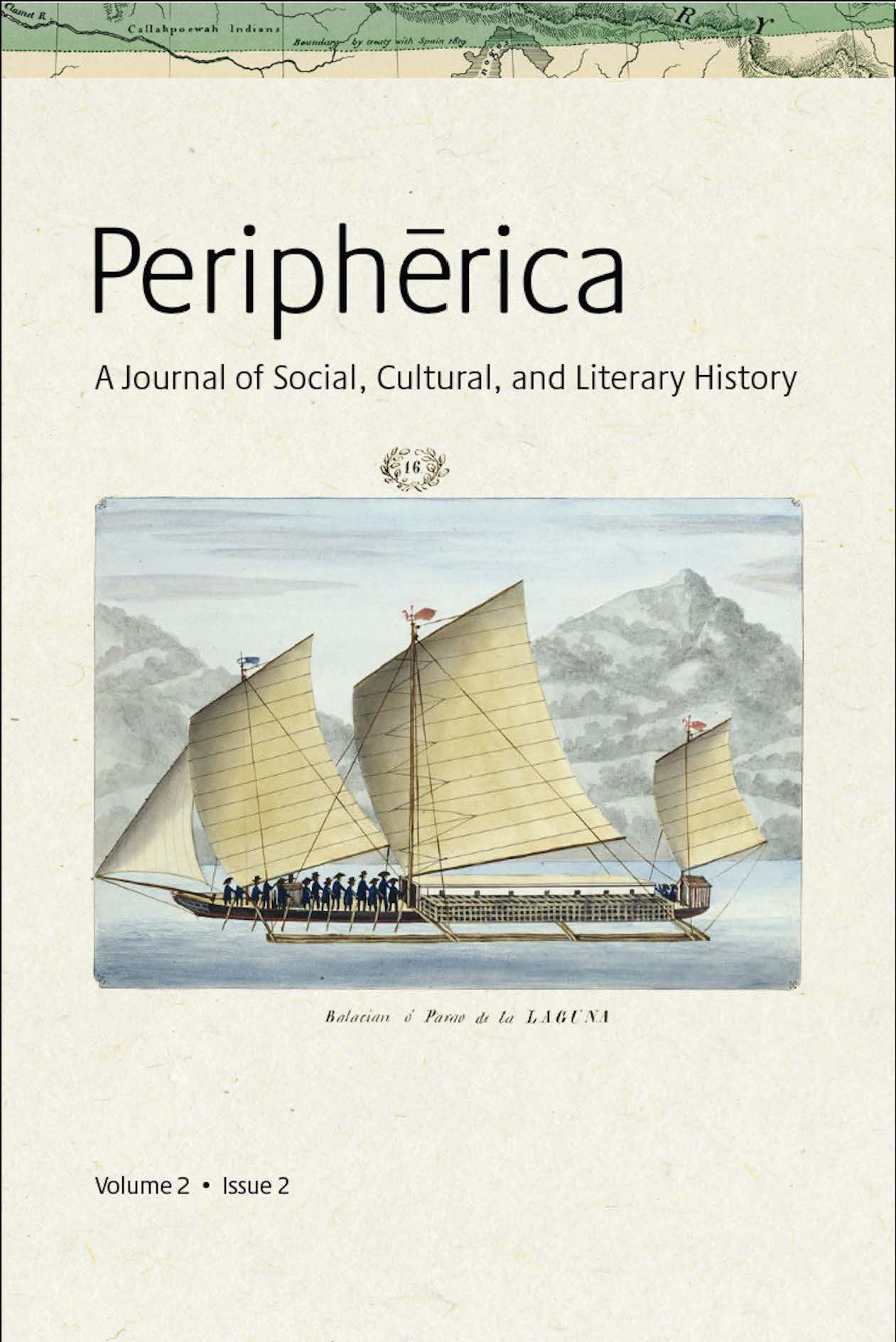"Esto lo he leído en el cielo": visión martiana de la lectura y la escritura. Ensayo interpretativo.
DOI:
https://doi.org/10.7264/peripherica.2.2.5825Abstract
This study aims to consider how José Martí valued reading as an immense field of cultural action, as a decisive instrument of epistemological and social liberation. José Martí’s oeuvre is examined here, particularly his articles, chronicles, and letters through the lens of his theory of reading: the concepts of reading, reader, the links between writer and reader, and the relationships with social and human environments are identified. We seek to reveal and highlight his conception and practice of reading, systematically oriented towards a deep human interrelation, not only of the reader with the text but beyond it, with the man who created it, an essential link between sender and receiver; the active and critical character that necessarily defines the reader and his participation as co-creator of the text; the cognitive and social functions of the book; the relationships between reading and writing; and Martí’s perception that reading constitutes, in its essence, a fundamental cultural process, the absolute bedrock of education and the true university, which is oriented towards action in the world.



